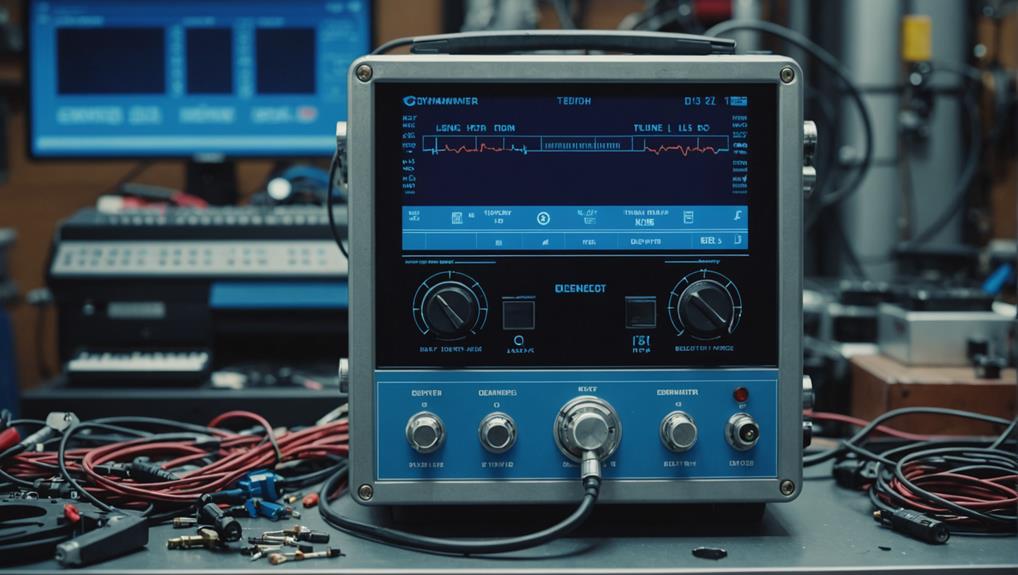
How Dynamometers Enhance Engine Diagnostics and Testing
Necessitating precise measurements, dynamometers unlock the secrets of engine performance, but what else can they reveal about engine diagnostics and testing?
To efficiently troubleshoot common dynamometer issues, focus on maintaining spark plugs, checking the intake system, following pre-dyno procedures, ensuring fuel quality, reviewing tuning software, setting up communication, optimising settings, and conducting proactive diagnostics.
Regularly check spark plugs for signs of wear or overheating. Detect intake leaks using tools like smoke machines. Prior to dyno testing, verify the correct spark plug heat range and fuel quality. Assess tuning software for ease of use and problem-solving capabilities. Ensure smooth communication for data logging during testing. Adjust dynamometer settings for precise load conditions. Proactively troubleshoot with routine maintenance and advanced diagnostic tools.
Understanding these areas will enhance dynamometer performance.
Spark Plug Inspection
When inspecting engine components thoroughly, examining the spark plugs is crucial to ensure optimal performance and efficiency. Spark plugs are essential in the ignition process, creating the spark needed to ignite the fuel-air mixture and power the engine. It is important to check for wear, fouling, or deposits that can affect engine performance. Signs of overheating, such as melted electrodes or a white insulator, indicate potential issues that require attention. Checking the spark plug gap is also essential to ensure proper ignition. If the gap does not meet the manufacturer's specifications, use a spark plug gap tool to make necessary adjustments for optimal engine operation.
Regularly replacing spark plugs at recommended intervals is key to maintaining fuel efficiency and engine performance. As spark plugs wear out over time, they can impact ignition quality and overall engine function. By consistently inspecting and replacing spark plugs, you can ensure that your engine runs smoothly and efficiently, reducing the risk of potential issues in the future.
(Product Recommendation: Consider using NGK or Bosch spark plugs for reliable performance and longevity.)
Intake System Leak Detection
Detecting intake system leaks is crucial for maintaining peak engine performance and efficiency. Follow these practical suggestions to identify and remedy intake leaks effectively, saving both time and money while ensuring your vehicle remains in top condition:
Pre-Dyno Inspection Procedures
Are you ready to ensure peak performance during dyno testing by conducting thorough pre-dyno inspections? Before heading to the dynamometer, it's essential to ensure your vehicle is in top condition. Here are some vital steps to take for a successful pre-dyno inspection:
| Pre-Dyno Inspection Procedures | Description |
|---|---|
| Fresh Spark Plugs | Confirm the use of spark plugs with suitable heat ranges. Opt for 2668 for NA vehicles and 2669 for turbocharged cars. |
| Intake System Examination | Check for leaks and verify that the wastegate spring aligns with specifications. |
| Component Assessment | Inspect for any loose or damaged parts that could affect engine performance. |
| Fuel Quality Verification | Ensure the fuel quality meets requirements and check octane levels suitable for the engine. |
| Tuning Software Evaluation | Address any outstanding issues and verify correct tuning software and settings. |
Ensuring your engine's performance on the dyno, confirming fuel quality is vital.
By concentrating on fuel sampling methods and testing equipment accuracy, you can accurately assess the octane levels and ethanol content of your fuel.
This step is necessary to prevent engine knock, power loss, and potential damage during testing.
Fuel Sampling Methods
Utilising a fuel test kit for ethanol content analysis, oxygenates examination, and specific gravity assessment is a crucial step in fuel sampling methods to verify quality. To ensure precise results and uphold engine health, consider the following:
These steps will aid in evaluating fuel quality effectively, preventing potential issues, and optimising engine performance.
Testing Equipment Accuracy
Maintaining accurate testing equipment is crucial for ensuring precise fuel quality verification and reliable dynamometer performance analysis. Sensor calibration plays a key role in achieving accurate fuel flow measurements, which are essential for assessing the engine's performance correctly. By conducting fuel analysis, you can verify the octane rating and composition of the fuel. Monitoring density and consistency further ensures precise engine performance measurements. It is imperative to regularly calibrate the dynamometer's fuel flow sensor to uphold testing accuracy and promptly identify any deviations.
Importance of Calibration
Calibrating the dynamometer's fuel flow sensor is vital for accurate testing results. By ensuring the sensor is correctly calibrated, you can trust the data obtained during performance analysis. For example, using a high-quality calibration kit designed specifically for the dynamometer model can enhance accuracy and reliability in test measurements. This attention to calibration detail is essential for detecting any irregularities that could impact the test outcomes and maintaining the integrity of the performance evaluation process.
Verification Through Fuel Analysis
Verifying fuel quality through analysis is essential for maintaining the integrity of dynamometer testing. By analysing fuel samples, you can confirm the consistency and quality of the fuel used in performance testing. For instance, utilising a fuel analysis kit that includes tests for impurities and contaminants can help ensure accurate results. This process of verifying fuel quality helps in identifying any potential factors that could affect the engine's performance during testing.
Impact of Fuel Contamination
Detecting fuel contamination is critical for accurate dynamometer testing. Contaminants in the fuel can skew test results and affect the engine's performance evaluation. Regular monitoring for impurities or foreign substances in the fuel is essential to ensure the reliability of the testing process. For example, using a fuel contamination detection kit can aid in quickly identifying any issues that may arise during testing and taking corrective measures promptly.
Evaluation of Tuning Software for Dynamometer Use
When assessing tuning software for dynamometer application, it is essential to consider the specific features and compatibility with the vehicle's engine control unit. Here are some crucial points to bear in mind:
For example, when evaluating tuning software for a BMW M3, consider software like MHD Flasher that offers specific tuning options tailored to BMW vehicles for precise adjustments and enhanced performance.
Optimizing settings on a dynamometer is essential, with a focus on points like achieving optimal load conditions and conducting calibration accuracy checks. These aspects play a significant role in ensuring the accuracy and reliability of the dynamometer performance measurements.
Optimising Load Conditions for Dynamometer Testing
To achieve accurate testing results on a dynamometer, it is essential to adjust the resistance, speed, and torque to optimal levels. Troubleshooting any issues affecting load conditions, such as irregular resistance or speed, is a key step in this process.
Fine-tuning the resistance, speed, and torque settings according to the engine's specifications is crucial for precise testing. This alignment ensures that the testing conditions accurately reflect real-world performance.
Continuous monitoring and analysis of the engine's performance under different load conditions are necessary to optimise testing accuracy. By observing how the engine responds to varying loads, adjustments can be made to enhance the testing process.
Regular calibration of the dynamometer is vital to maintain accuracy and consistency in load conditions. This practice ensures that the testing results are reliable and that the dynamometer functions optimally.
Ensuring the proper functioning of a dynamometer requires meticulous attention to calibration accuracy, with a focus on settings optimisation. Calibration validation and accuracy assessment are crucial steps in this process.
By confirming calibration precision through comparison with standards, you can ensure the reliability of your dynamometer results. It is essential to optimise calibration settings following manufacturer guidelines to ensure accurate readings.
Regular calibration of dynamometer equipment is essential for maintaining its precision and reliability over time. If uncertain, seeking advice from experts or technicians for calibration adjustments and fine-tuning can help address any discrepancies.
Prioritising calibration accuracy checks and settings optimisation can enhance the performance and longevity of your dynamometer.
In the realm of dynamometer maintenance, taking a proactive approach to resolving issues is crucial to prevent costly disruptions and ensure optimal equipment performance. Here are four key aspects to consider:
To summarise, diagnosing common dynamometer issues necessitates a thorough inspection, leak identification, pre-dyno checks, fuel quality verification, tuning software evaluation, settings adjustment, and proactive problem-solving. By following these steps, you can ensure that your dynamometer functions efficiently and accurately, delivering reliable results for your testing needs. It is essential to promptly address any issues to prevent potential setbacks and uphold the performance of your equipment.
Instructions for Rewriting Sentences:
Use simple, direct language.
Avoid clichés and overused terms.
Guide Towards Further Learning:
Spark curiosity for more knowledge by inviting the reader to contact Hyper Dyno. Reach out to us if you have any queries about Dynamometer Products, Custom Solutions, Installation Setup, Training and Certification, Technical Support and Maintenance, Software Updates, Rental Services, Dynamometer Testing Services, and Accessories and Parts. This is a call to action.
Contact us today for more information!

Necessitating precise measurements, dynamometers unlock the secrets of engine performance, but what else can they reveal about engine diagnostics and testing?
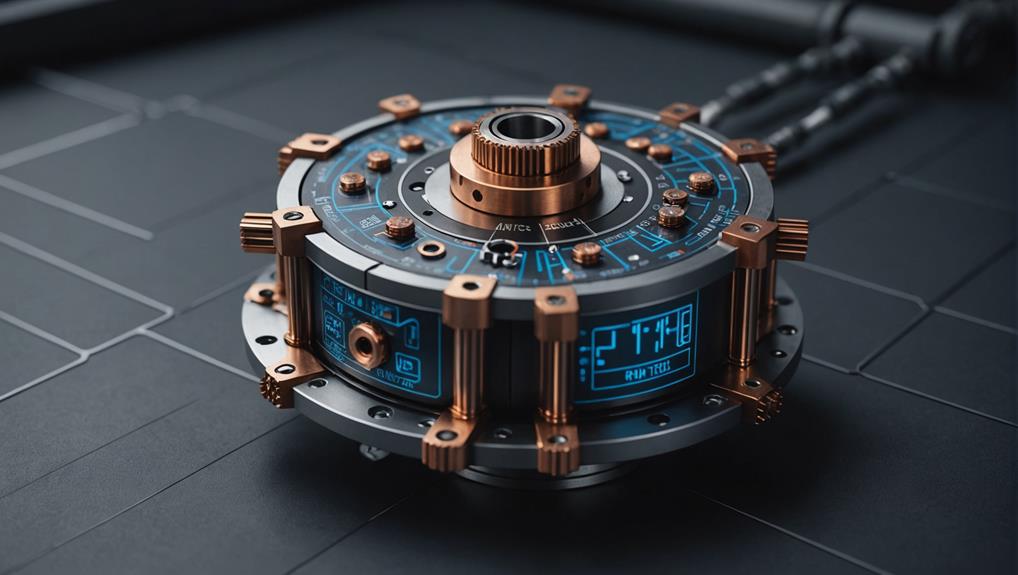
Navigating the complexities of torque measurement requires a deep understanding of the underlying principles and mechanisms to ensure accurate results.

Precise control and optimization of engine performance await, but only for those who unlock the secrets of dynamometer-driven data analysis.
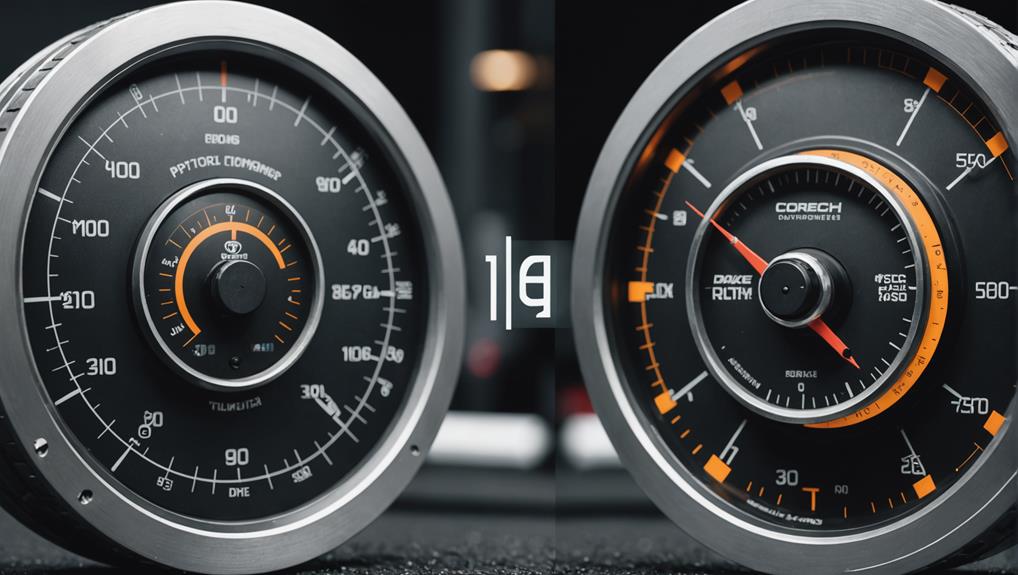
Gaining insight into the differences between inertia and brake dynamometers is crucial for ensuring accurate testing results in various industries.
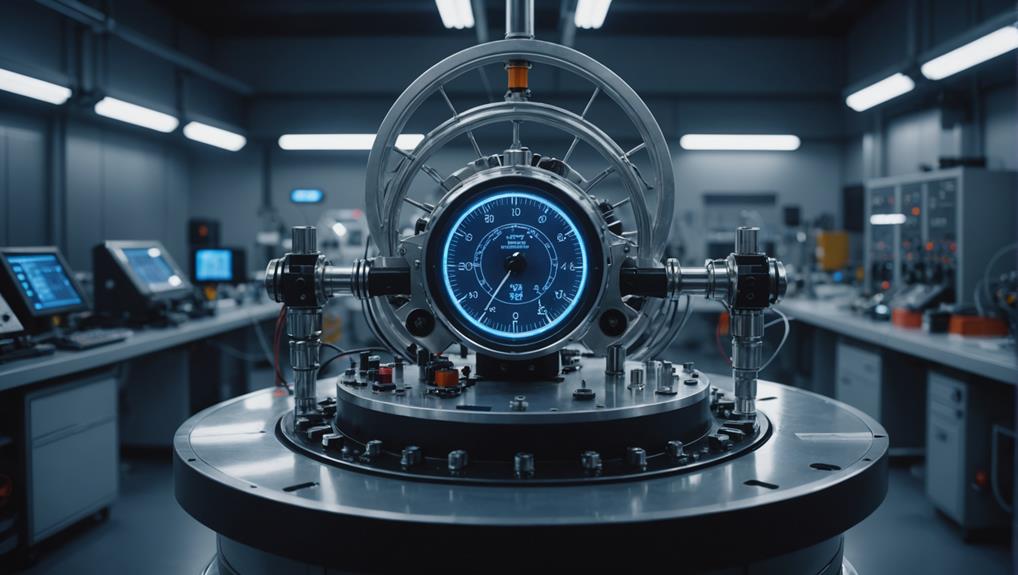
Tapping into the precise measurement capabilities of dynamometers, uncover the secrets to optimizing fuel efficiency and slashing emissions in the automotive industry.

Witness the importance of rigorous safety protocols and best practices in dynamometer testing to avoid catastrophic failures and ensure accurate results.
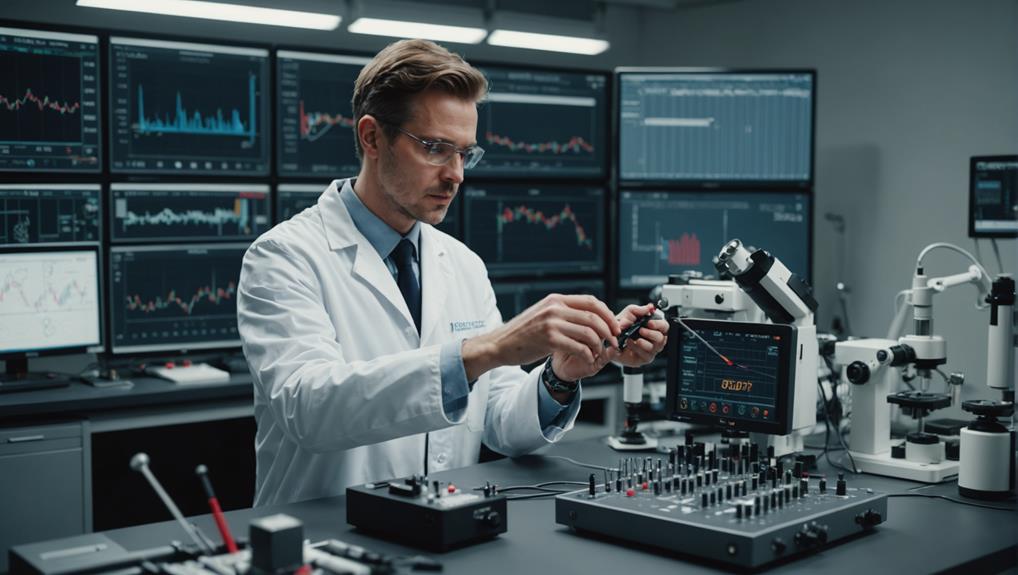
Harnessing the nuances of precision measurement is crucial to avoiding costly errors in dynamometer testing, but what are the key factors to consider?

Witness the transformative power of dynamometers in unlocking your vehicle’s hidden performance potential, but only if you know how to harness their precision.